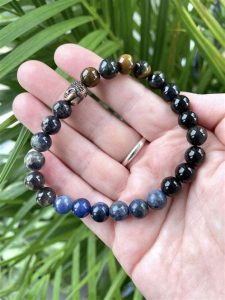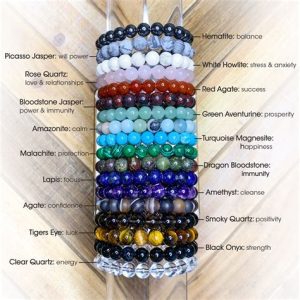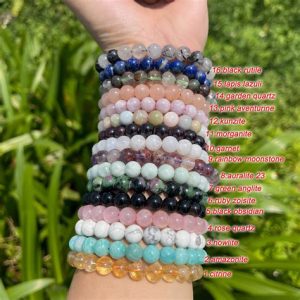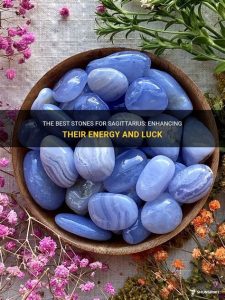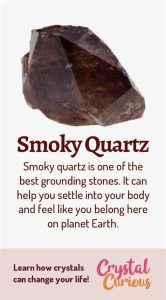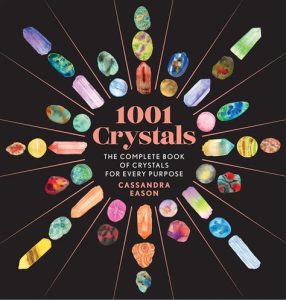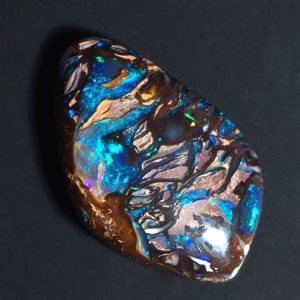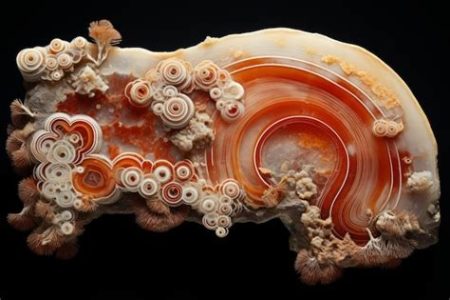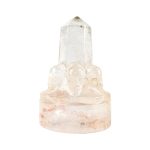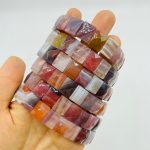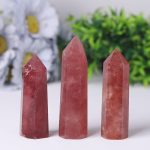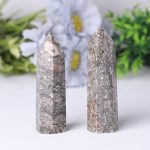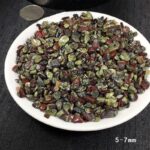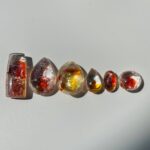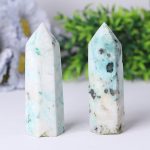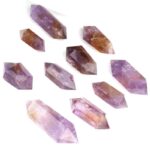Introduction
Amethyst, a captivating and enigmatic gemstone, has captivated humans for centuries. Renowned for its deep purple hues and spiritual significance, amethyst has emerged as a highly sought-after gem in the world of jewelry and gemstones. Understanding the factors that influence its value is crucial for both buyers and sellers. In this comprehensive guide, we will delve into the intricate world of amethyst pricing, exploring the factors that impact its cost and providing insights into the current market landscape.

Factors Influencing Amethyst Cost
Gemstone Quality
The quality of an amethyst is paramount in determining its value. Factors such as clarity, cut, and carat weight play a significant role in grading the gemstone.
- Clarity: The presence of inclusions or blemishes within the stone affects its clarity. Flawless or near-flawless amethysts are highly prized and command a higher price.
- Cut: The precision and symmetry of the cut enhance the stone’s brilliance and overall appearance. Well-cut amethysts maximize light reflection, resulting in a more desirable gem.
- Carat Weight: As with other gemstones, the size of an amethyst, measured in carats, directly impacts its value. Larger amethysts are rarer and therefore more valuable.
Origin
Amethyst is found in various locations around the world. The origin of the stone can influence its quality and, subsequently, its price.
- Brazil: Brazil is the largest producer of amethyst, accounting for over 80% of the global supply. Brazilian amethysts are typically deep purple and have excellent clarity.
- Uruguay: Uruguayan amethyst is known for its exceptional clarity and pale lavender hues. Due to its scarcity, Uruguayan amethyst commands a higher price.
- Zambia: Zambian amethyst displays a unique reddish-purple color and is highly sought-after by collectors. Its rarity contributes to its higher cost.
Color
The intensity and saturation of the purple hue are crucial in determining the value of an amethyst.
- Deep Purple: Deep, vibrant purple amethysts are highly prized and command a premium price.
- Lavender: Light, lavender-colored amethysts are less valuable but still desirable for their delicate hues.
- Greenish-Purple: Amethysts with a greenish undertone are considered less desirable and have a lower value.
Demand and Supply
The market demand for amethyst and the availability of supply directly impact its cost.
- High Demand: Amethyst is a popular gemstone, and its demand remains high. This sustained demand contributes to its relatively stable pricing.
- Limited Supply: The supply of high-quality amethyst is limited, particularly in larger sizes and exceptional clarity. This scarcity drives up the price of rare and desirable gems.
Comparisons to Other Gemstones
Amethyst vs. Citrine
Citrine and amethyst are both yellow-hued gemstones but differ in their chemical composition and value. Citrine is less expensive than amethyst, with prices ranging from $10 to $100 per carat.
Amethyst vs. Topaz
Topaz is another violet-hued gemstone that can rival the beauty of amethyst. Topaz is generally more affordable, with prices ranging from $5 to $50 per carat.
Amethyst vs. Tanzanite
Tanzanite is a rare violet-blue gemstone that is highly prized by collectors. Tanzanite is significantly more expensive than amethyst, with prices ranging from $500 to $10,000 per carat.
Current Market Status and Future Trends
The current market for amethyst is stable, with a steady demand for high-quality gemstones. Amethyst prices are expected to remain steady or increase slightly in the coming years.
- Rising Demand: The increasing demand for amethyst in jewelry and spiritual practices is expected to drive up prices.
- Limited Supply: The depletion of high-quality amethyst deposits could further contribute to price increases.
Conclusion
Understanding the factors that influence amethyst cost is essential for making informed decisions. By considering the gemstone’s quality, origin, color, and market dynamics, buyers and sellers can navigate the complexities of the amethyst market. Amethyst’s captivating beauty and enduring popularity ensure its continued appeal in the world of gemstones.


